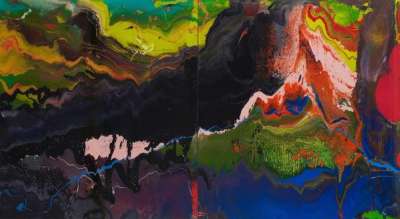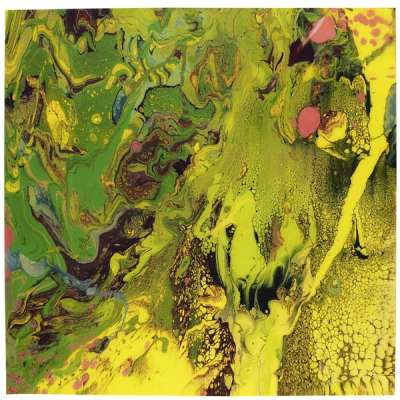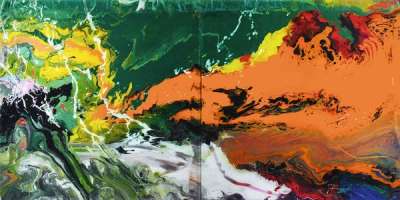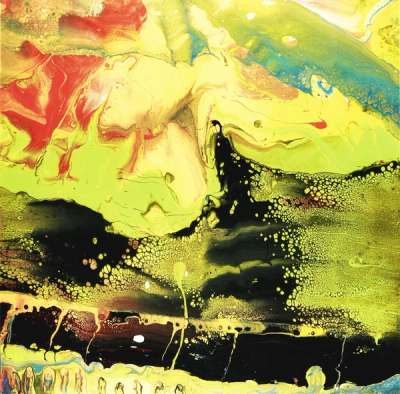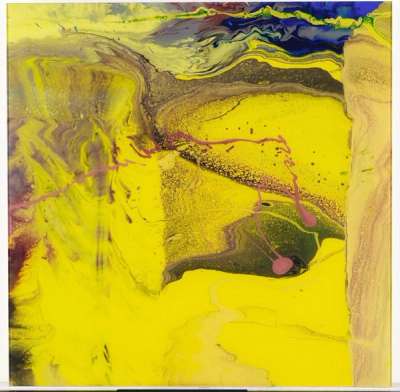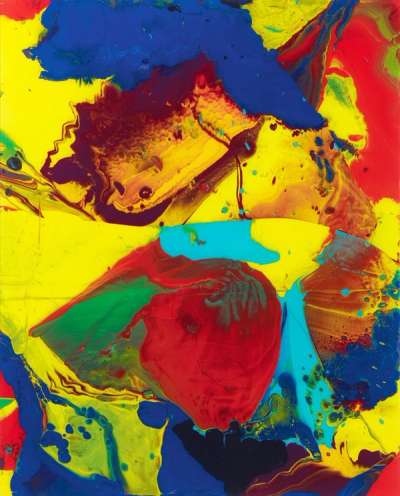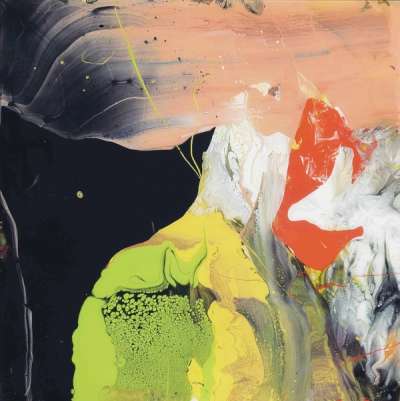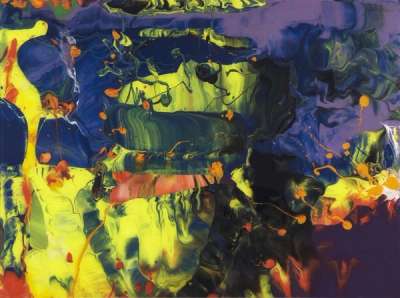
Bagdad (P9)

Bagdad (P9)
Unsigned Print
Gerhard Richter
£2,900-£4,300Value Indicator
$6,000-$8,500 Value Indicator
$5,000-$7,500 Value Indicator
¥27,000-¥40,000 Value Indicator
€3,500-€5,000 Value Indicator
$28,000-$40,000 Value Indicator
¥560,000-¥830,000 Value Indicator
$3,650-$5,500 Value Indicator
AAGR (5 years) This estimate blends recent public auction records with our own private sale data and network demand.
There aren't enough data points on this work for a comprehensive result. Please speak to a specialist by making an enquiry.
Medium: Digital Print
Edition size: 500
Year: 2014
Size: H 50cm x W 40cm
Signed: No
Format: Unsigned Print
TradingFloor
Track this artwork in realtime
Watch artwork, manage valuations, track your portfolio and return against your collection
Track auction value trend
Auction Results
| Auction Date | Auction House | Location | Hammer Price | Return to Seller | Buyer Paid |
|---|---|---|---|---|---|
| December 2024 | Bonhams New Bond Street | United Kingdom | |||
| June 2024 | Van Ham Fine Art Auctions | Germany | |||
| January 2024 | Van Ham Fine Art Auctions | Germany | |||
| September 2023 | Phillips London | United Kingdom | |||
| June 2023 | Lempertz, Cologne | Germany | |||
| February 2023 | Phillips New York | United States | |||
| June 2022 | Lempertz, Cologne | Germany |
Meaning & Analysis
Issued in 2014, this unsigned print is part of German visual artist Gerhard Richter’s Flow series. Released in an edition of 500, Bagdad (P9) is made after an example of Richter’s abstract painting that showcases the artist’s brief experimentation with diluted oil paints and surface tension.
Wholly dissimilar from works in the Cage Prints, Cage f.ff and Cage Grid series, Bagdad (P9) is an altogether more fluid affair. A vibrant, pulsating assemblage of bright, ‘classic’ colour, the work comprises a complex interplay between varying hues of blue, red, yellow, and green. The product of chemical and creative alchemy, the work contrasts with others in the Flow series, such as Flow (P7) and Flow (P4), for its use of all primary and secondary colours. As such, it has more in common with another work referencing the city of Baghdad, Bagdad (P10).
Oil paints were pioneered by Dutch artists during the 13th century. Mixing natural pigments with linseed oil, the likes of Jan van Eyck found that paint became more malleable. Importantly, it also stayed wet for longer, an attribute that allowed it to be worked and re-worked for several days after its first application. Always in dialogue with art historical tradition, here Richter is seen to take the creative boundaries afforded by oil paint and stretch them much further than first thought. Creating an image reminiscent of 19th-century ink marbling, paint is allowed to flow freely across the page and interact with other, often clashing colours. The independence of colour in this work accords Richter’s print a certain dynamism that is inimitable with the human hand - or indeed the large-scale, home-made ‘squeegee’.
Hailing from Germany, Gerhard Richter has not been confined to one visual style. A testament to versatility and artistic diversity, Richter's work spans from photorealism to abstraction and conceptual art, and his portfolio is rich in varied media. From creating bold canvases to working on glass to distort the lines between wall-based art and sculpture, Richter has honed in on the blur technique to impart an ambiguity on his creations. To this day, Richter is one of the most recognised artists of the 20th century with his art having been presented in exhibitions worldwide. His global impact underscores his legacy as a trailblazer of artistic exploration.
